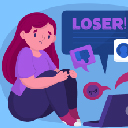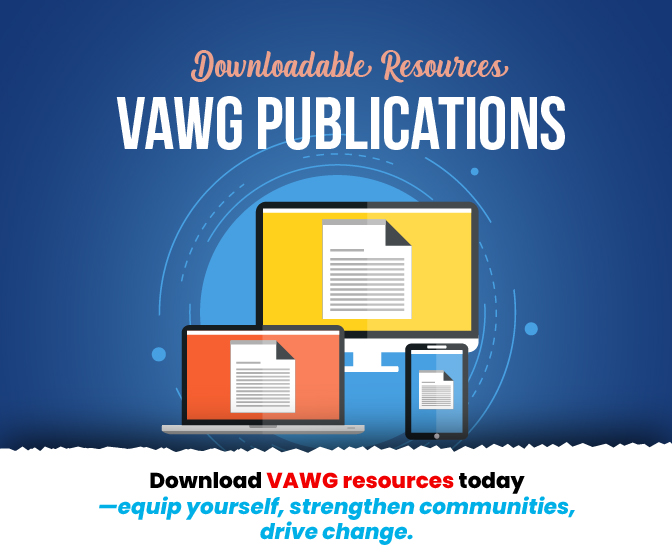Investing in Girls’ Education: Building Stronger Economies and Fairer Societies
Education is one of the most powerful tools for ending poverty and driving gender equality. For girls and women, access to quality education opens pathways to economic independence, healthier lives, stronger communities, and a more stable global economy. Yet millions of girls remain excluded from classrooms, facing barriers that limit their ability to learn, thrive, and participate fully in society. Unlocking their potential requires urgent, sustained action.
Why Girls’ Education Matters
Investing in girls’ education has far-reaching benefits. Educated women are more likely to:
- Earn higher incomes and participate in the labor market.
- Make informed decisions about health and family planning.
- Delay marriage and childbirth, reducing risks of maternal and child mortality.
- Contribute to community leadership and social development.
When girls succeed, families and nations prosper.
The Global Education Challenge
Despite progress, the education gap remains stark:
- 122 million girls worldwide are out of school – 34 million of primary age and 87 million of secondary age (UNICEF).
- In low-income countries, only 38% of girls complete lower secondary school, compared with 43% of boys.
- In fragile and conflict-affected countries, girls are 2.5 times more likely to be out of school than boys.
“While justice is essential, prevention is equally urgent. Femicide can only be reduced if we stop violence before it begins. Prevention starts with promoting gender equality from an early age, both in public and private life.”
Barriers Holding Girls Back
Several overlapping barriers prevent girls from completing their education:
- Poverty: Families facing financial hardship often prioritize boys’ education. Girls from low-income, rural, or marginalized backgrounds are most at risk of exclusion.
- Violence and safety risks: Every year, 60 million girls are sexually assaulted on their way to or at school. Violence undermines their health, confidence, and ability to continue learning.
- Child marriage: More than 41,000 girls under 18 marry each day, often dropping out of school as a result. Ending child marriage could generate US$500 billion annually in benefits.
- Adolescent pregnancy: Pregnant girls often face stigma and discrimination, leading to permanent school dropout.
- Gender stereotypes: Cultural norms and biases in schools discourage girls from pursuing higher education or STEM fields, limiting career opportunities.
- Conflict and crisis: In countries affected by war or instability, girls’ schooling is often the first to be disrupted.
- COVID-19 pandemic: School closures intensified risks of violence, teenage pregnancy, and dropout. Lessons from past crises, such as the Ebola outbreak, show many girls never return to school after closures.
To unlock girls’ and women’s economic potential, action is needed across multiple fronts:
- Equal access – Ensure every girl can complete all levels of education.
- Safe learning environments – Protect students from violence and harassment in and around schools.
- Quality learning – Focus not only on enrollment but also on literacy, numeracy, and life skills.
- Challenging stereotypes – Promote gender-sensitive teaching and encourage girls in STEM fields.
- Policy and investment – Governments and global partners must prioritize girls’ education in budgets and policies.
- Support systems – Provide pathways for young mothers, survivors of violence, and marginalized girls to return to education.
Girls’ education is not simply a moral imperative—it is an economic necessity. Closing gender gaps in education strengthens economies, builds resilient societies, and ensures that communities can thrive in a rapidly changing world.
Unlocking girls’ potential through education means unlocking prosperity for all. Every classroom opened, every barrier removed, and every opportunity extended to girls is an investment in a more equitable, stable, and prosperous future.
Educating girls is the surest way out of poverty—for individuals, families, and nations.
Source: World Bank, UNICEF, UN Women











